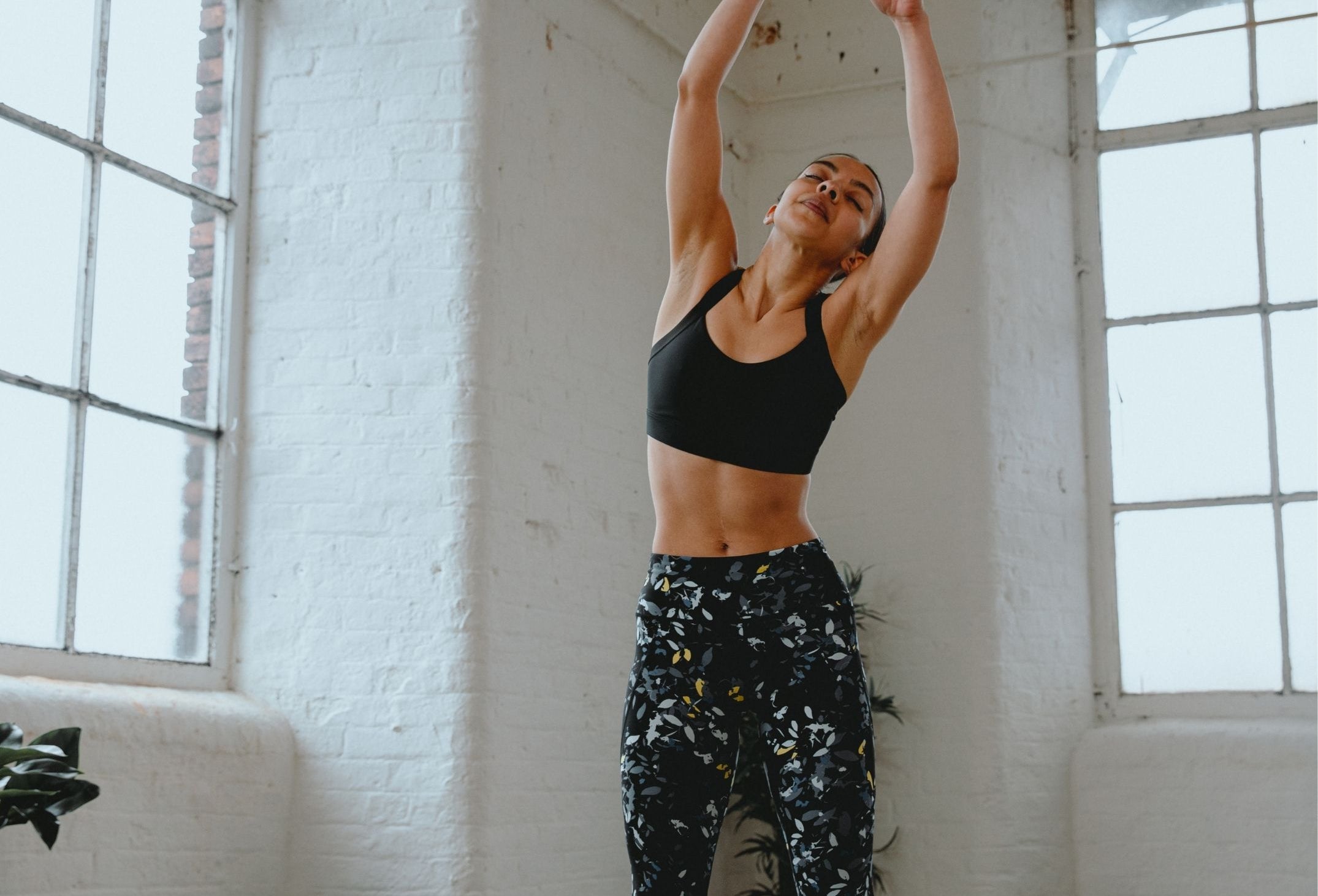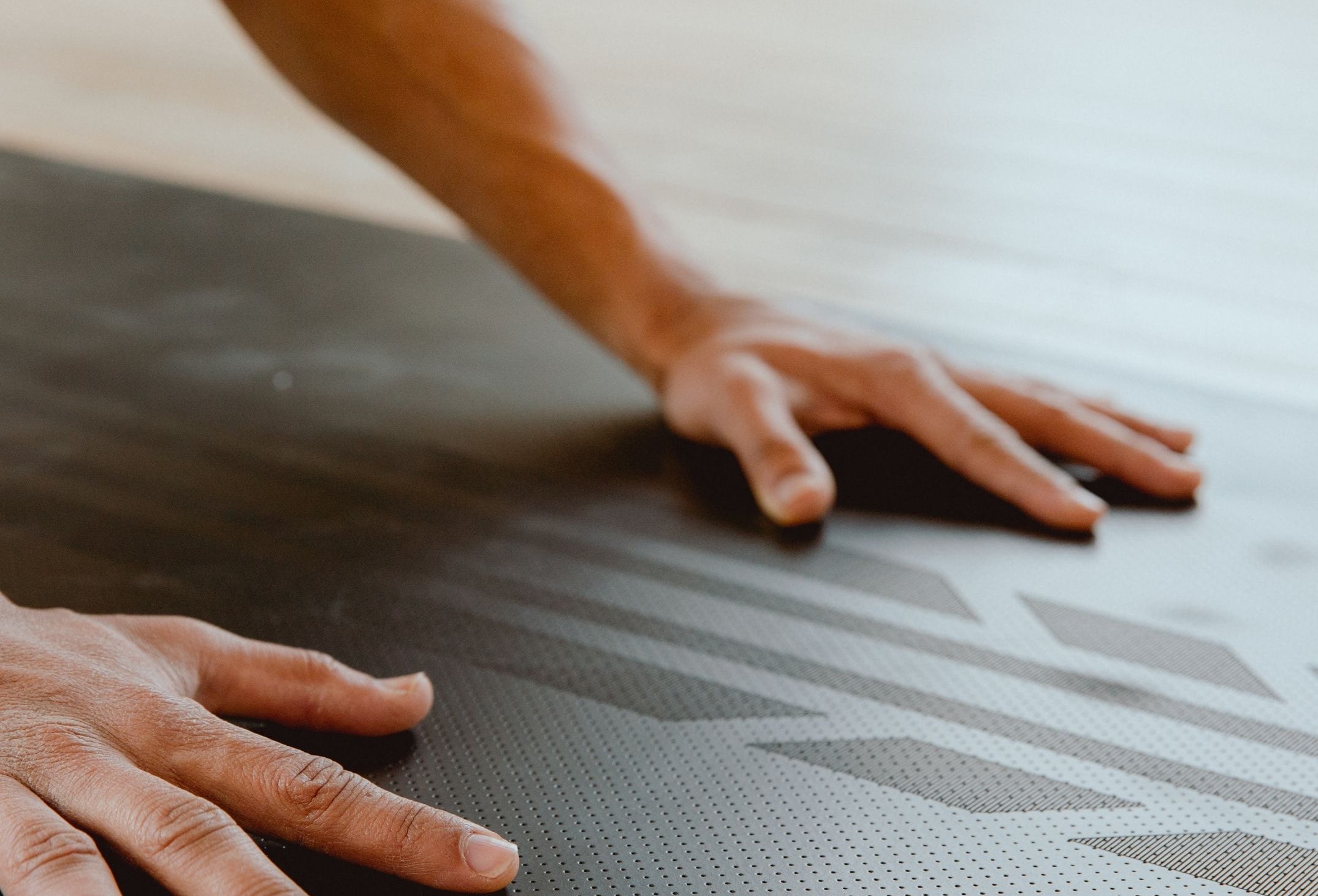Author Laura Mueller
While many yoga classes may claim to be "for everyone," unfortunately, this isn't always the case. To promote equality and diversity in the yoga community, it's essential to ensure an inclusive environment for yoga teachers. But how can we create a space where every student feels comfortable, empowered, and inspired? Below are some tips on how to achieve this, whether you're creating a sequence of exercises for yoga at home or planning classes.
It all starts with the words we use to welcome our students and ourselves to the mat. It's not just about the poses - the opportunity to communicate and connect with ourselves and our students is just as important. With these ideas in mind, we can create inclusive and meaningful yoga experiences for everyone.

Education: It is essential for yoga teachers to educate themselves on diversity, equity, and inclusion. This includes understanding different cultures, body types, and (mental) abilities. Practice Swadhyaya, which means to devote yourself to the study of your own self. Practice self-reflection to identify your own prejudices about bodies that are different from your own. How do your personal biases about gender, body size or ethnicity affect your teaching and what you teach about yoga? What can you change if you notice prejudices in yourself?
Language Use: The language used by yoga teachers can significantly impact creating an inclusive environment. For example, using non-gendered language, avoiding cultural appropriation, and avoiding language that may be harmful to certain groups of people. Encourage your students to get to know themselves by using positive words: feel the posture, explore this shape. Use judgment-free and non-competitive language and let everyone do what feels good in their body.
Class Design: Yoga classes should be designed to accommodate a diverse range of bodies and abilities. This includes offering modifications and props, such as blocks and straps, to help students with limited mobility or injury. In addition, teachers should encourage students to listen to their bodies and adjust their practice to their own needs, rather than pushing them to do a specific pose. Let them know that they always have the option to rest in child's pose.

Consent: Another important aspect of creating an inclusive environment is asking for consent before touching someone. This is especially important in yoga, where close physical proximity is often required. It's essential to let people know that they can always change their mind and that they have control over their own bodies. By asking for consent and giving people the option to opt out, you're creating a safe and respectful space for everyone.

Representation: Finally, it is important to promote representation in yoga classes. This can be achieved by inviting guest teachers from diverse backgrounds, showcasing different body types in marketing materials, and creating safe spaces for people of all genders, races, and sexual orientations to practice yoga. It's important to remember that every body is different and moves at its own pace. This is why it should be normalized to opt out of a pose if that resonates with the student. They don't have to push themselves beyond their limits.
In conclusion, one of the best things about yoga is that it's open to everyone, regardless of their level of experience or ability. It's a non-competitive and judgment-free environment in which everyone is welcome. Therefore, it's important to create a judgment-free and inclusive environment in which everyone can feel comfortable and at ease. By asking for consent and creating a safe and respectful environment, we can ensure that yoga remains an inclusive and accessible practice for everyone.





Leave a comment